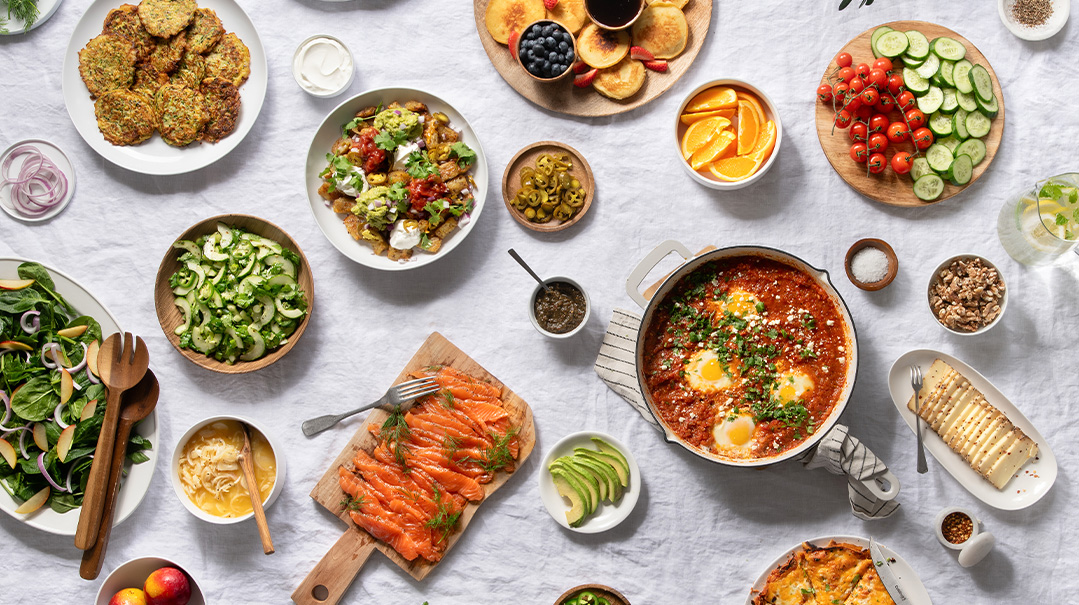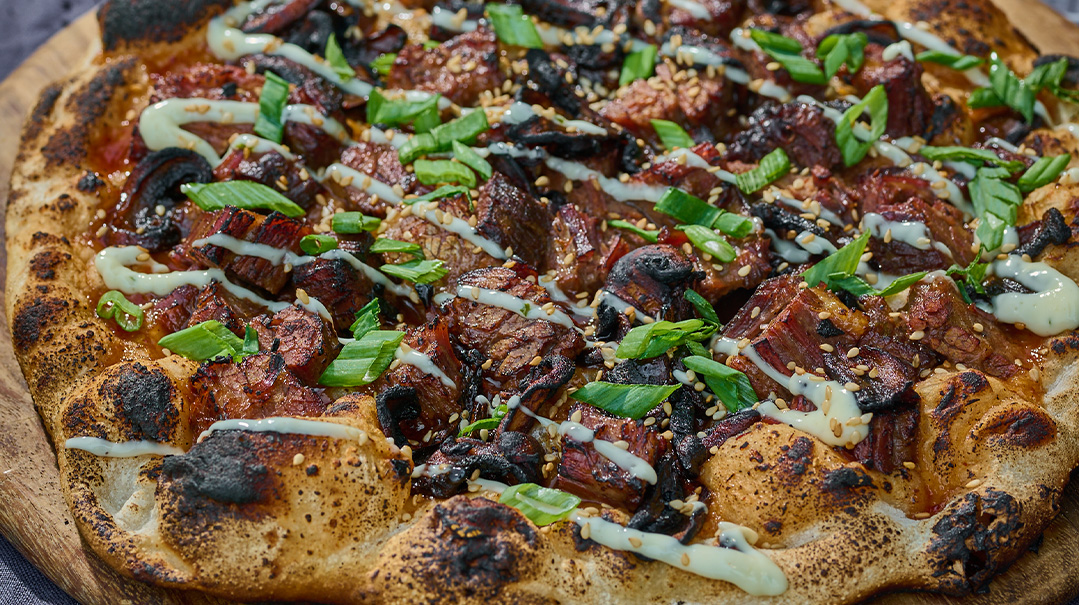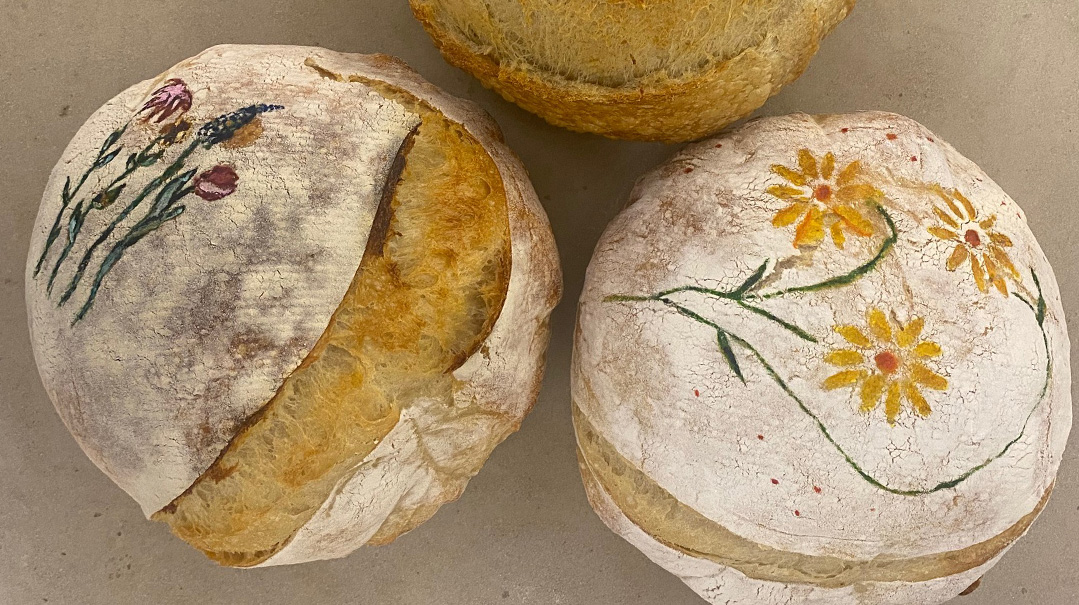CHEESE AND CHEESE SUBS


If you’re the one who’s handling the heavy kitchen detail in your household, it can be hard to get your brain off the cheesecake and blintz inventory and remember what the crux of Shavuos is actually about — reaffirming our acceptance of the Torah. And while there are many ways to incorporate mindfulness about halachah and hashkafah in everyday domestic life (a worthy endeavor that goes beyond the scope of this article), perhaps the place to start is the place you may be focused on anyway: the kitchen. Here's a refresher on some of the basic rules of waiting to eat meat after having consumed dairy. (I referred to the OU for the halachic information below. Discuss any specific questions with your rav.)
As the kosher food market continues to expand and new products hit the shelves every season, questions that had never occurred to me to ask before are now quite relevant. If you've never seen Gruyere cheese before 2019, there's no reason you would think to wonder if it's aged or just firm! (Similarly, I asked my rav how to clean fiddlehead ferns after getting inspired by seeing them in a secular food magazine. He was as stumped as I was.) So here's a cheat sheet to the firm, the soft, and the non-dairy cheeses you may find on your grocery shelves this season.
SOFT CHEESES
After eating soft cheeses, if you want to eat meat, you're required to clean your mouth by eating or drinking something pareve, rinsing your mouth, and washing your hands. The Zohar mentions waiting half an hour between milk and meat, so you should check with your family rav. Soft cheeses include: American cheese, cream cheese, and semi-firm cheeses that have been aged only a few weeks or months, like Brie, Camembert, and unaged cheddar.
Looking for a pareve substitute? Mash some silken tofu with a splash of lemon juice to create a farmer-cheese, curd-like consistency. There are also a plethora of nut-based cheese substitutes on the market, and you can make your own as well. Soak almonds, cashews, and/or pine nuts overnight until soft, then, along with a squeeze of lemon and some seasoning, blend them in a blender until very smooth.
HARD CHEESES
According to the poskim at the OU, hard cheeses are cheeses that have been aged for at least six months. The most commonly used hard cheese is Parmigiano-Reggiano, commonly called “Parmesan” in the US. This cheese is aged a minimum of 10 12 months. Parmigiano is called the king of cheeses for a reason: it's great shredded, sliced, chunked, or melted. According to the Rema, after eating a hard cheese, you are required to wait the same amount of time as after eating meat, since aged dairy may share some qualities with meat, including lingering taste or adherence to the mouth and teeth. Some other types of hard cheeses that require waiting are Asiago, Havarti, and Gruyere. You'll also have to wait after eating a pungent cheese, even one that is unaged, like blue cheese.
Prefer to skip the wait? Try a savory, non-dairy stand in that mimics the nuttiness and umami-ness of Parmigiano: nutritional yeast. Odd name notwithstanding, these flakes of deactivated yeast lend a cheesy flavor to dishes, and you don't have to deal with the ramifications of being dairy for hours.
(Originally featured in FamilyTable, Issue 645)
Oops! We could not locate your form.













